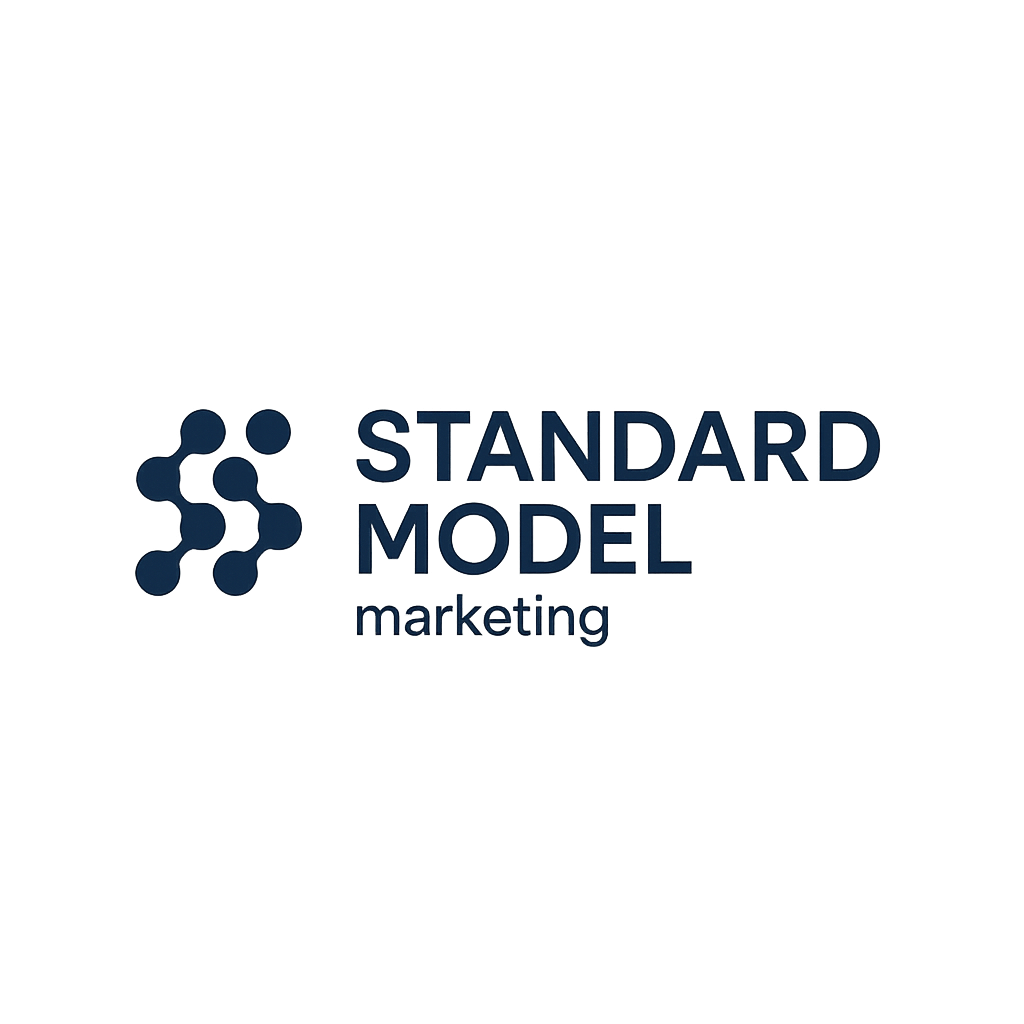
As this blog is about strategy approached from a marketing perspective (see What is OGSM? to understand exactly what we mean by that), it’s important to outline what we see as the most effective way to understand and apply strategy — particularly in marketing.
This post defines what strategy is, explores how to think strategically, and recommends a practical tool for strategic planning: the OGSM.
Try looking it up. Strategy is one of those words (like “innovation”) that everybody uses but few define clearly. Most definitions are vague at best. Ours is simple:
“How and where we choose to focus our resources to create structural effectiveness to achieve our objectives.”
At its core, strategy is about structural effectiveness — not just long-term thinking. Time isn’t the key factor. Direction is.
Another essential component is choice. As former P&G CEO A.G. Lafley said, “The essence of strategy is choice.” That means making decisions — and prioritizing. You can’t have two #1 priorities. You must rank them. Prioritization is the foundation of true strategic clarity.

Once you understand strategy, thinking strategically becomes clearer. It’s about making decisions on resource allocation that support your objectives — and sticking to those decisions as principles.
Yes, strategies must adapt (as the boxing adage goes, “Everyone has a strategy until they get punched in the face”), but the priorities at the heart of a strategy should not shift casually. If they do, you’re not updating a plan — you’re creating a new strategy.
Strategic thinking is about:
If the priorities change, your strategy changes. And that’s fine — as long as you know it.
Here’s a practical tip from strategy expert and Harvard professor Michael Porter:
“An essential part of strategy is choosing what not to do.”
If you can’t identify what you’ve chosen not to focus on, you may not have a strategy. A common example: “Execute with excellence.” Is that a strategy? Not unless you’ve consciously deprioritized other focus areas to double down on execution — as Avis once did with “We try harder.” Otherwise, it’s just a generic aspiration.
Real strategy means saying no — deliberately.
One of the most effective tools for formulating and communicating strategy is the OGSM. It stands for:
OGSM helps bring strategic thinking into focus. It’s a single-page plan that forces clarity: you can’t hide behind buzzwords when everything must fit on one sheet.
But OGSM only works if you understand what strategy is — and how to prioritize. Used properly, it sharpens thinking and improves alignment across teams.